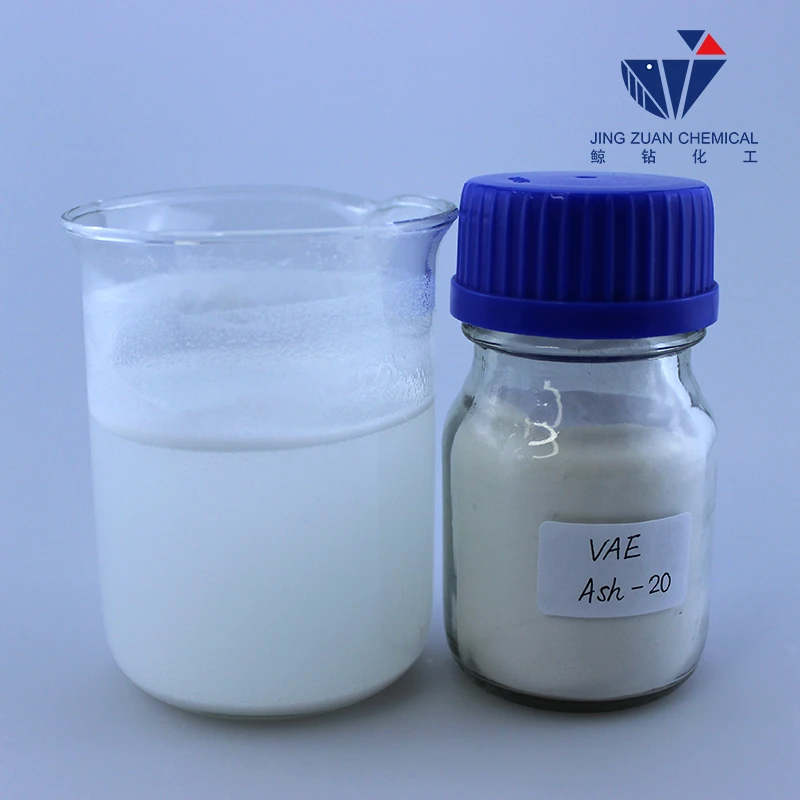
Օգս . 14, 2024 04:02 Back to list
Exploring the Applications and Benefits of HPMC in Pharmaceutical Formulations and Technologies
Understanding HPMC A Versatile Polymer
Hydroxypropyl Methylcellulose (HPMC) is a cellulose-derived polymer that has garnered significant attention across various industries due to its versatile properties and applications. As a semi-synthetic compound, HPMC is primarily used in pharmaceuticals, food, cosmetics, and construction materials. This article provides an overview of HPMC, its properties, and its diverse applications.
What is HPMC?
HPMC is obtained by modifying cellulose, the most abundant organic polymer found in the plant cell walls. The modification process involves the substitution of hydroxyl groups in cellulose with hydroxypropyl and methoxy groups. This alteration results in a water-soluble polymer that displays unique characteristics, making it suitable for a wide range of applications. Its solubility in both cold and hot water is one of HPMC's most notable traits, enhancing its usability across various fields.
Properties of HPMC
HPMC showcases a plethora of beneficial properties. It is non-toxic, non-ionic, and biodegradable, making it an environmentally friendly option. The polymer possesses excellent film-forming capabilities, which is crucial in many applications. Additionally, it exhibits thickening properties, providing viscosity to solutions and acting as a stabilizer in suspensions.
.
Applications of HPMC
แผ่น hpmc

1. Pharmaceuticals HPMC is widely used as a binder and coating agent in tablet formulations. Its ability to form gels upon contact with water makes it an excellent candidate for controlled-release drug delivery systems. In addition, it is also used in ophthalmic solutions due to its compatibility with the human eye.
2. Food Industry In the food sector, HPMC serves as a thickening and stabilizing agent. It is utilized in various products, including sauces, dressings, and dairy products. HPMC not only enhances texture but also helps retain moisture, improving the overall quality of food items. Its food-grade status ensures it is safe for consumption.
3. Cosmetics HPMC’s emollient and binding properties make it a popular ingredient in cosmetics and personal care products. It is commonly found in lotions, creams, and hair care products, offering enhanced viscosity and stability. Furthermore, it contributes to the smooth texture of formulations, providing a desirable sensory experience for consumers.
4. Construction The construction industry leverages the properties of HPMC in cement-based products, such as tile adhesives and dry-mix mortars. Its water-retention capabilities help prevent rapid drying of mixtures, enhancing workability and improving adhesion to surfaces.
5. Other Applications Beyond these primary sectors, HPMC is also utilized in agriculture as a soil stabilizer, in printing industries as a coating agent, and in various industrial processes where thickening and stabilizing agents are required.
Conclusion
HPMC is a remarkable polymer that exemplifies versatility across multiple industries. Its wide range of applications stems from its unique properties, including solubility, film-forming ability, and non-toxicity. As research and technology continue to advance, the potential applications of HPMC are likely to expand further, cementing its role as a valuable component in numerous formulations. Its contribution to sustainability, particularly in biodegradable and eco-friendly products, also highlights its importance in today's environmentally-conscious market. As manufacturers seek innovative solutions, HPMC stands out as a key ingredient that can help meet these evolving demands.
-
Why HPMC is a Key Additive in Wall Putty Formulations
NewsAug.05,2025
-
Redispersible Powder in Decorative Renders: Function Meets Finish
NewsAug.05,2025
-
Redispersible Powder for Interior Wall Putty: Smooth Results Every Time
NewsAug.05,2025
-
HPMC’s Water Retention Capacity in Dry Mortar Applications
NewsAug.05,2025
-
HPMC Factory Contributions to Liquid Detergents
NewsAug.05,2025
-
How HPMC Factory Products Change Detergent Textures
NewsAug.05,2025







